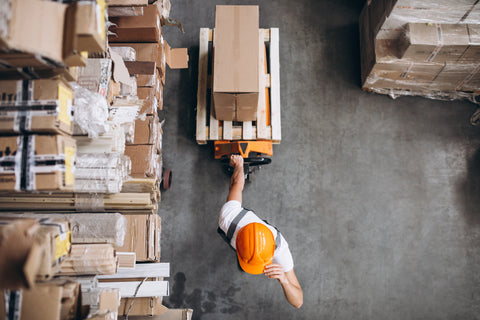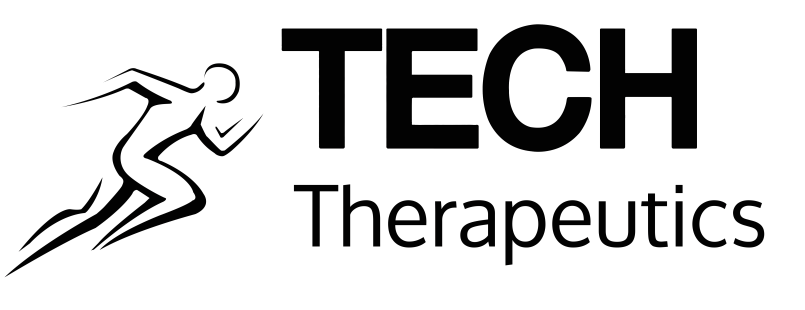Body awareness, knowing your body, moving in space, knowing what is best to do or not do for yourself, avoiding doing what hurts you: certainly valuable advice to avoid injuries that can happen in everyday life.
We talked about it with Dr. Physiotherapist Mara De Stefano
Accidents: they are divided into 3 areas
- For work:
We can think of those who work in smartworking or in any case those who carry out a sedentary job and how the posture assumed during those hours affects health.
We can also think of those who carry out jobs where they are purely standing, such as shop assistants or all those who work in catering for example.

It happens in those jobs that you have to move heavy loads even by hand and often you don't think about how to do the movement but you overlook doing it because "you have to" and therefore making mistakes, this often leads to accidents at work.
In the case of lumbar pain or for back support, it is possible to integrate the Tech Therapeutics Lumbar Band into your day with Magnetotherapy and Support Splints, THE BEST SELLING IN THE CATEGORY!
We remind you how important footwear suitable for all types of work is to avoid repercussions on the spine and on the movements to be performed during working hours.
- Physical activity:
When you need to perform a movement, an exercise, the correct start is essential. In all sports, the push we give at the beginning must be done with a correct starting posture, this is a FUNDAMENTAL point!
The correct posture as well as in the start must be maintained throughout the exercise and yes, this makes it "more difficult" to perform but it is precisely in this way that the results are obtained without dangerous repercussions.
A very effective advice received from Dr. Mara De Stefano is to use the mirror in the gym to get feedback on posture.
Another essential point is to choose the most suitable sport for yourself: if I tend to suffer from recurring tendonitis in my wrist and/or elbow and I go play tennis or padel, it doesn't help me and it certainly isn't the right sport.
If we are aware that we have knee problems or pathologies, absolutely avoid going skiing!
It is therefore essential to choose the sport that best suits your body characteristics and to keep in mind the problems that already exist because the risk is of getting injured.
The use of suitable footwear is also necessary in sports.
- Accidental: we cannot predict them, they can happen!
In this case it is however important to pay attention not only to ourselves but also to the environment in which we find ourselves, never to make movements carelessly. This certainly helps!
What are the most common injuries among your clients?
Knee pains are very common: crushing, gravity and loads put pressure on the knees. In general we can say that the joints are the most suffering, if we feel pain that is the alarm bell! Let's stop
Very common in some sports such as football or where rapid changes of direction occur, the rupture of knee ligaments, whether cruciate or collateral.
The Tech Therapeutics line includes the Orthopedic Knee Brace with Lateral Stabilizers, designed to support the knee in the post-operative phase, in case of inflammation or as prevention and support for those who practice sports.
Another common syndrome is that of the iliotibial band.
What is it about?
On the lateral side of the thigh there is a band of connective tissue that passes from the hip and inserts on the knee on the outside, many people rubbing a little on the lateral area of the thigh feeling pain points.
This is a problem due to a large load that unloads and affects the knee.
Very stressed in cyclists or runners is the Achilles tendon: often it affects the knee in the back, from the heel up. In physiotherapy you go to treat soft tissues with manipulations and pressures on certain points at the muscle level, then go to strengthen the muscles and relax and stretch the part that is always under stress. Rigid muscles in the long run create muscle contractures blocking the fluidity of movements.
We remind you that it is important for all athletes to stretch and warm up to prepare the muscle to perform a specific action. In fact, the start of cold exercises creates a shock to the muscular system. Warming up is used to prepare the muscle to be stressed and therefore to work. Once I've finished the all-important work no less than warming up is stretching! By doing both the muscle stays fit and ready for the next workout.
Tips to prevent them
Physio Coach Mara underlines how important immediate intervention is:
"When we have pain we do not underestimate and immediately make a specific visit!"
As soon as we have pain we don't underestimate and don't let time pass; the best cure is to proceed to immediately investigate the cause of the pain.
It will also be necessary to correct the movements that created the problem.
Lifting loads both in sports and in the workplace involves the repeated action of a certain overloaded movement that stresses the joints in the wrong way.
How does the physiotherapist work?
The physiotherapist deals with the treatment and rehabilitation of a specific pathology whether it is muscular, skeletal or neurological or even a postural problem.
We start with a detailed medical history of the patient, we also make a physical visit where we evaluate the part of the body involved and after a chat with the patient we decide on a rehabilitation program to go through together to then lead to the definitive cure of the problem and then focus on prevention which then becomes of fundamental importance.

The physiotherapist is the professional able to prevent any pathology or problem and also to delay certain complications that a person may encounter if the pathology is already in progress or simply from a small pain. It is better to contact the professional immediately without delay because the risk is that complications will occur.
Don't wait for it to fix itself!
Subscribe to the newsletter and follow us on social networks!
You will be able to ask questions live to specialists in collaboration with Tech Therapeutics.




